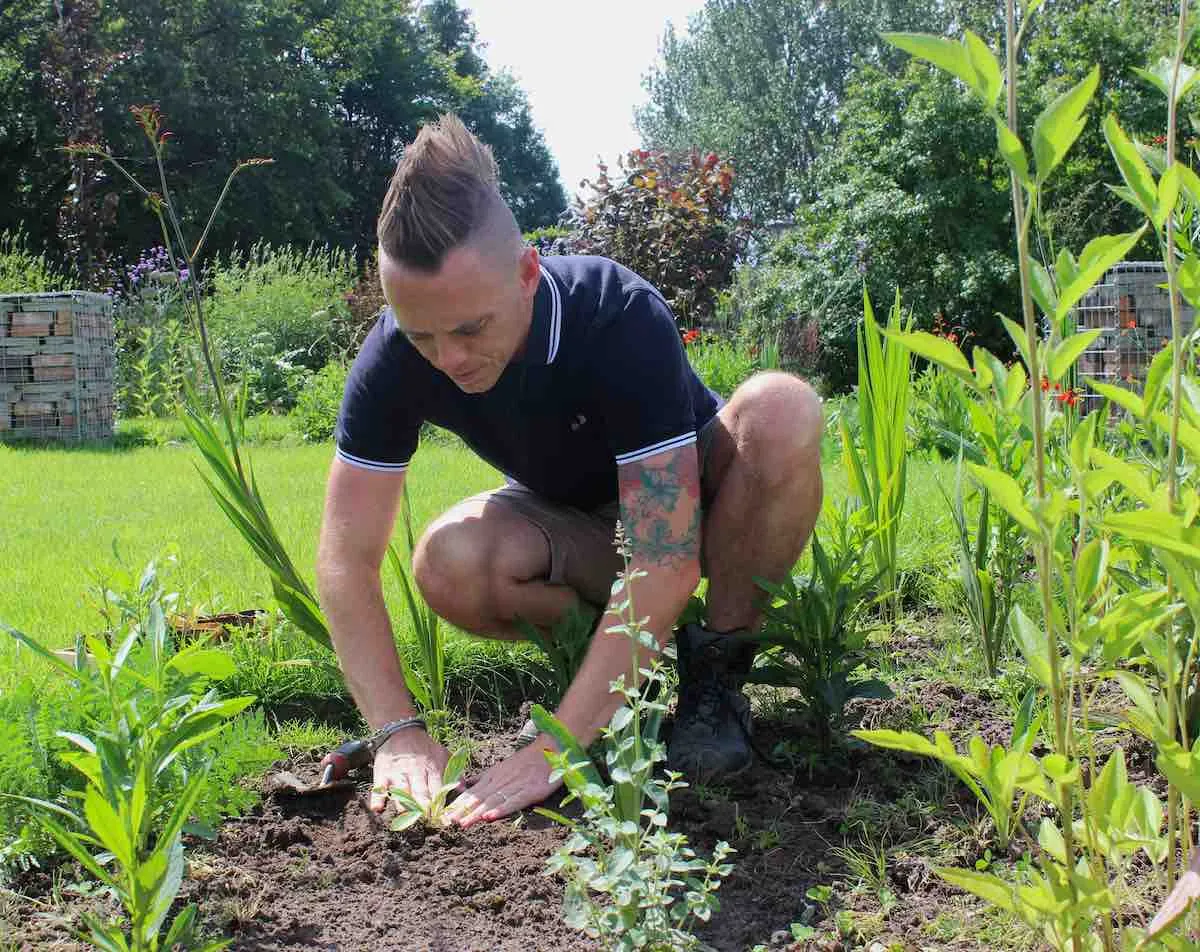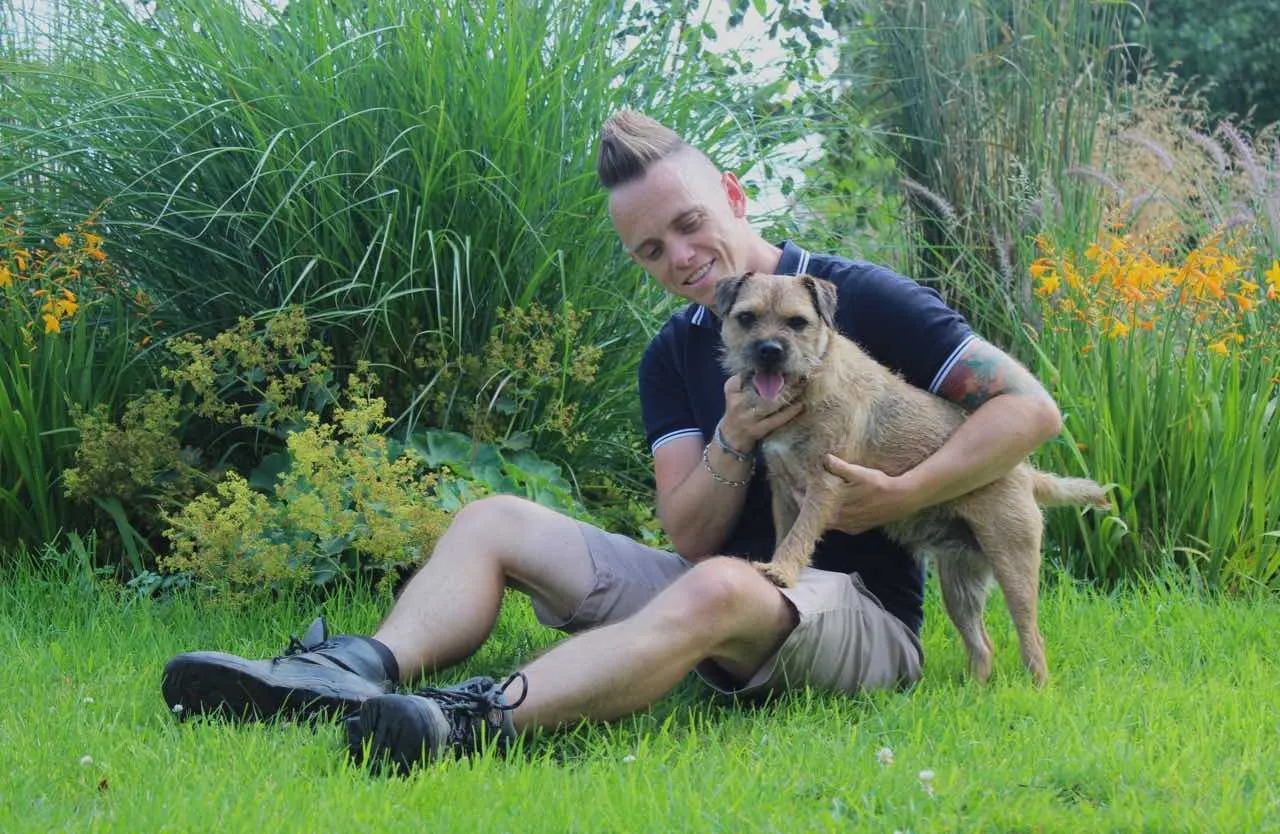Hi @lee-turney
Thanks for your question and those photos! It's absolutely frustrating when you've had a perfect lawn for years and then suddenly it's taken over by weeds. From what you've described, it sounds like you're dealing with the aftermath of that major rotavation you did last year, which has unfortunately created the perfect storm for weed invasion. Also some years weeds are just really prolific so don't beat yourself up Ninja.
When you rotavated your entire lawn, you essentially brought up thousands of dormant weed seeds that had been buried safely in the soil for years, possibly decades. These seeds have been waiting patiently for their moment, and your soil disturbance gave them exactly what they needed. Think of it like opening Pandora's box of weeds! Your neighbours haven't had this problem because they haven't disturbed their soil in the same way.
The cycle you're experiencing with digging out weeds and reseeding can make it feel like your garden lawns are getting worse, but it's more than new weed seedlings are being disturbed. Each time you dig and disturb the soil, you're bringing up more buried seeds and creating perfect germination conditions for them.
Stop the Dig and Disturb Cycle
The first thing you need to do is stop scraping and digging for now! I know it feels counterintuitive when you're facing a 95% weed takeover, but every time you disturb that soil, you're making the problem exponentially worse.
Given the scale of your weed problem, you're going to need a more aggressive approach than spot weeding. For a lawn that's 95% weeds, you'll need to consider a selective lawn weedkiller that targets broadleaf weeds whilst leaving your grass intact. Look for products containing 2,4-D, dicamba, or MCPA - these will tackle most of the weeds in your photos without harming your remaining grass.
Apply the weedkiller when weeds are actively growing (spring or early autumn are ideal), and make sure you follow the instructions religiously. Don't be tempted to use stronger concentrations thinking it'll work faster - it'll just damage your grass. Once the weeds have died back (usually 2-3 weeks), you can overseed the bare patches without disturbing the soil.
Rebuilding Your Lawn Post Weeding
Once you've dealt with the current weed problem, your focus needs to be on creating conditions that favour grass over weeds. The key is to get your grass so thick and healthy that weeds simply can't get a foothold.
After your weedkiller treatment has done its work, overseed with a hard-wearing lawn seed mix suitable for your conditions. Don't dig or rotavate - just rake lightly to create a good seed-to-soil contact. The grass seeds need to germinate quickly and establish before any remaining weed seeds get their chance.
Avoid overfeeding at this stage, let the lawn thicken up and wait until next spring before you apply a good balanced lawn feed thats high in nitrogen.
I would still advise scarifying every few years, and trust me that once your lawns are healthy, it will be far easier to keep them that way. Some years you just get a large weed invasion compared to others!
Additional Lawn Care Forum Posts
Here are some other helpful forum discussions about lawn problems:
Essential Blog Guides for Lawn Care
For more detailed information, check out these comprehensive lawn care guides:
Remember, patience is key with lawn recovery! Most treatments take 4-6 weeks to show proper results, so don't be disheartened if you don't see immediate improvement. Keep us posted on how you get on, and don't hesitate to share photos if you need help identifying specific weeds or problems.
I hope that helps!
Lee Garden Ninja
Hi @lee-turney
Thanks for your question and those photos! It's absolutely frustrating when you've had a perfect lawn for years and then suddenly it's taken over by weeds. From what you've described, it sounds like you're dealing with the aftermath of that major rotavation you did last year, which has unfortunately created the perfect storm for weed invasion. Also some years weeds are just really prolific so don't beat yourself up Ninja.
When you rotavated your entire lawn, you essentially brought up thousands of dormant weed seeds that had been buried safely in the soil for years, possibly decades. These seeds have been waiting patiently for their moment, and your soil disturbance gave them exactly what they needed. Think of it like opening Pandora's box of weeds! Your neighbours haven't had this problem because they haven't disturbed their soil in the same way.
The cycle you're experiencing with digging out weeds and reseeding can make it feel like your garden lawns are getting worse, but it's more than new weed seedlings are being disturbed. Each time you dig and disturb the soil, you're bringing up more buried seeds and creating perfect germination conditions for them.
Stop the Dig and Disturb Cycle
The first thing you need to do is stop scraping and digging for now! I know it feels counterintuitive when you're facing a 95% weed takeover, but every time you disturb that soil, you're making the problem exponentially worse.
Given the scale of your weed problem, you're going to need a more aggressive approach than spot weeding. For a lawn that's 95% weeds, you'll need to consider a selective lawn weedkiller that targets broadleaf weeds whilst leaving your grass intact. Look for products containing 2,4-D, dicamba, or MCPA - these will tackle most of the weeds in your photos without harming your remaining grass.
Apply the weedkiller when weeds are actively growing (spring or early autumn are ideal), and make sure you follow the instructions religiously. Don't be tempted to use stronger concentrations thinking it'll work faster - it'll just damage your grass. Once the weeds have died back (usually 2-3 weeks), you can overseed the bare patches without disturbing the soil.
Rebuilding Your Lawn Post Weeding
Once you've dealt with the current weed problem, your focus needs to be on creating conditions that favour grass over weeds. The key is to get your grass so thick and healthy that weeds simply can't get a foothold.
After your weedkiller treatment has done its work, overseed with a hard-wearing lawn seed mix suitable for your conditions. Don't dig or rotavate - just rake lightly to create a good seed-to-soil contact. The grass seeds need to germinate quickly and establish before any remaining weed seeds get their chance.
Avoid overfeeding at this stage, let the lawn thicken up and wait until next spring before you apply a good balanced lawn feed thats high in nitrogen.
I would still advise scarifying every few years, and trust me that once your lawns are healthy, it will be far easier to keep them that way. Some years you just get a large weed invasion compared to others!
Additional Lawn Care Forum Posts
Here are some other helpful forum discussions about lawn problems:
Essential Blog Guides for Lawn Care
For more detailed information, check out these comprehensive lawn care guides:
Remember, patience is key with lawn recovery! Most treatments take 4-6 weeks to show proper results, so don't be disheartened if you don't see immediate improvement. Keep us posted on how you get on, and don't hesitate to share photos if you need help identifying specific weeds or problems.
I hope that helps!
Lee Garden Ninja
 Lee Burkhill: Award Winning Designer & BBC 1's Garden Rescue Presenters Official Blog
Lee Burkhill: Award Winning Designer & BBC 1's Garden Rescue Presenters Official Blog



